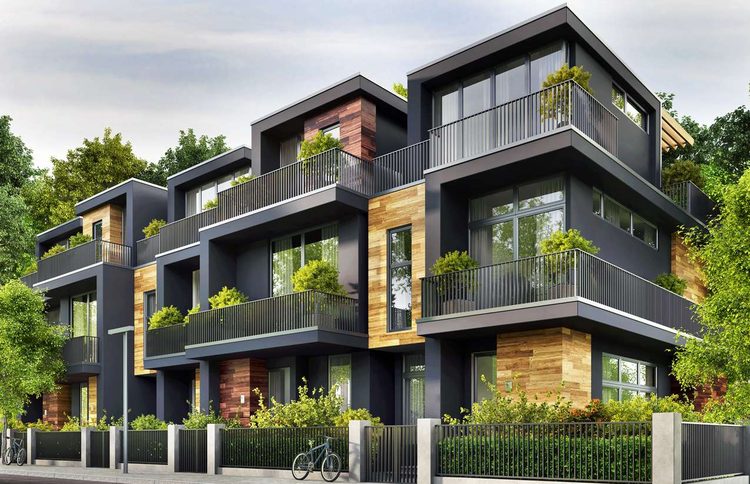The Dawn of Pocket Neighborhoods: A New Model For Housing Communities
The dynamic world of real estate constantly evolves, bringing fresh perspectives and innovative models. One such captivating development is the emergence of 'Pocket Neighborhoods'. This unconventional housing arrangement has started to gain traction, providing an appealing alternative to traditional community living. This article will explore the concept of Pocket Neighborhoods, their unique features, benefits, and potential implications for the real estate market.

Understanding the Concept of Pocket Neighborhoods
Pocket Neighborhoods represent a relatively new concept in urban planning and real estate. The idea was first introduced by architect Ross Chapin, who wanted to create a sense of community within a compact living space. A pocket neighborhood typically comprises 8 to 12 houses arranged around a shared open space such as a garden or courtyard. These small-scale neighborhoods aim to encourage social interaction and foster a strong sense of community, while offering privacy and individual space.
The Current Market Trends and Financial Insights
The rise of Pocket Neighborhoods is a response to various societal and economic factors. Increasing urbanization and a trend towards smaller family units have made compact living spaces more appealing. This shift is also reflected in the housing market, where downsizing has become a prevalent trend, especially among retirees and young professionals. From a financial perspective, Pocket Neighborhoods offer a more affordable housing option, providing an appealing alternative to the exorbitant costs of individual houses or apartments in urban areas.
The Pros and Cons of Pocket Neighborhoods
Like any real estate strategy, Pocket Neighborhoods come with their advantages and challenges. On the positive side, they promote a sense of community, encourage social interaction, and provide shared resources. They offer a balance between privacy and community that is often missing in traditional housing models.
However, Pocket Neighborhoods also face potential challenges. The small size of the houses may not appeal to everyone, and there may be issues with noise and privacy due to the close proximity of the houses. Moreover, the success of such a community relies heavily on the cooperation and harmony among the residents.
The Impact on Buyers, Sellers, and Investors
Pocket Neighborhoods have the potential to significantly transform the real estate market. Buyers looking for affordable housing options in urban areas may find these communities appealing. Sellers and real estate developers stand to benefit from the growing interest in compact, community-oriented housing options. For investors, Pocket Neighborhoods provide a unique investment opportunity with promising returns, given the rising demand for such housing models.
The Future of Pocket Neighborhoods
The concept of Pocket Neighborhoods is still relatively new, but it’s garnering increasing interest among urban planners, real estate developers, and homebuyers. As urbanization continues and the demand for affordable housing grows, Pocket Neighborhoods could become a more common feature in our cities. However, their success will depend on careful planning, thoughtful design, and the ability to foster a harmonious community.
The emergence of Pocket Neighborhoods offers a fresh perspective on community living. They represent an innovative approach to balancing communal living with individual privacy, while addressing the challenge of urban housing affordability. As the real estate landscape continues to evolve, it will be fascinating to see how this concept develops and shapes our future neighborhoods.




